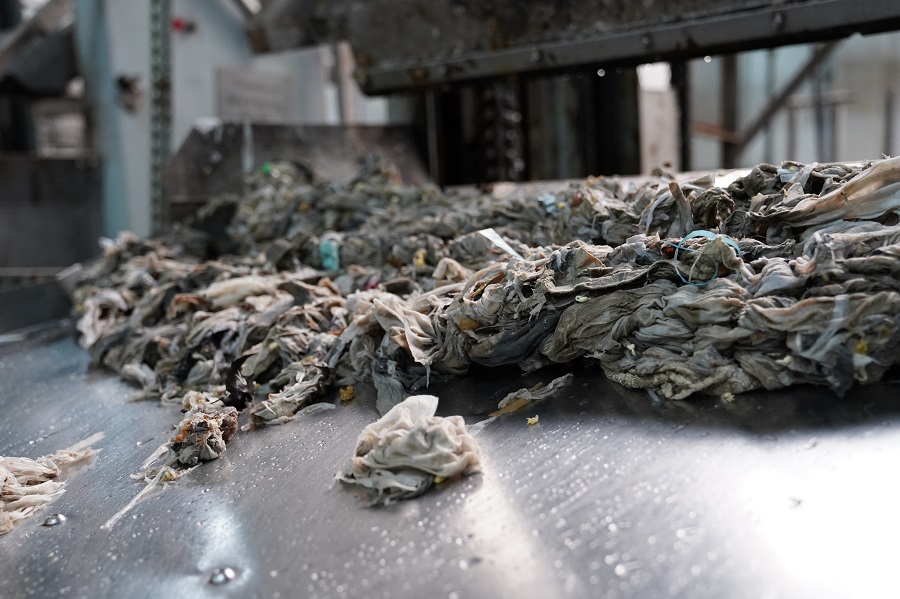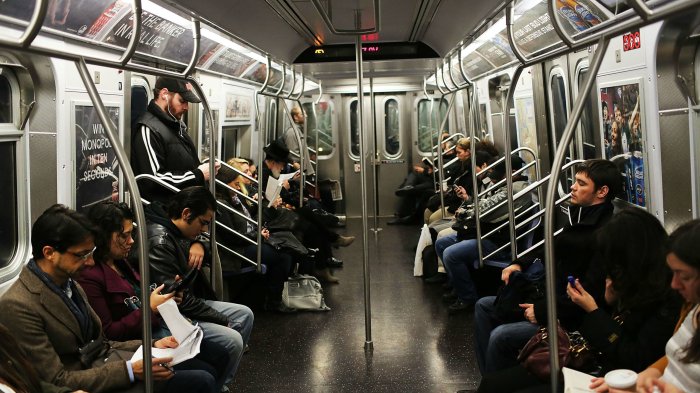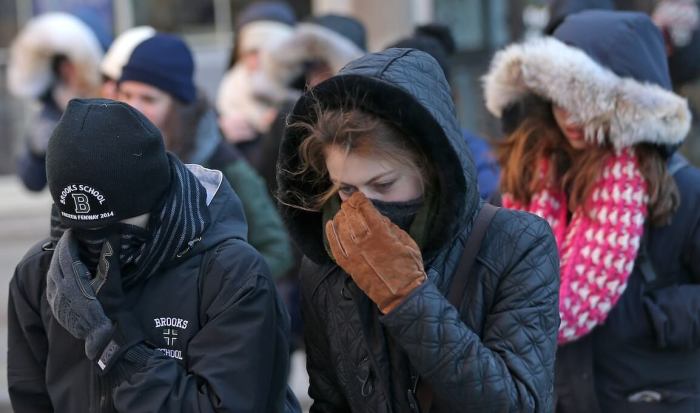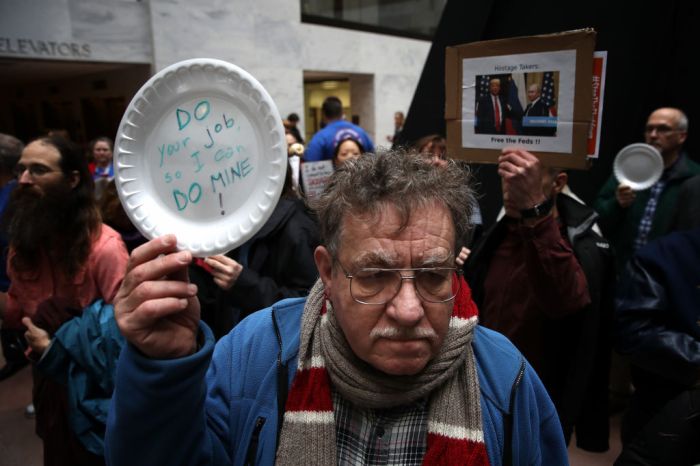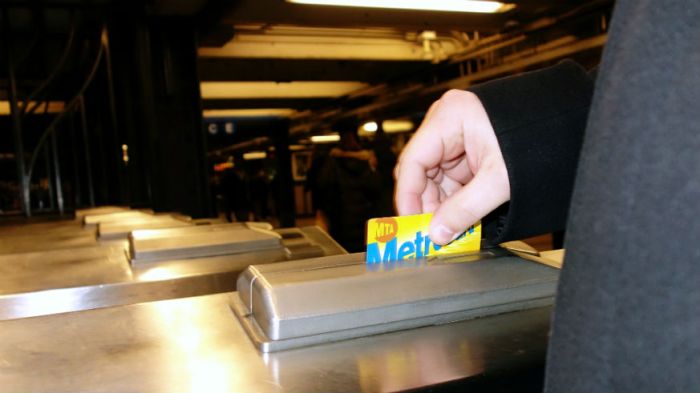Whether from flushing the toilet, taking a shower or washing something down the sink, New Yorkers produce about 1.3 billion gallons of wastewater every day. But where does all that end up?
If you’re in lower or eastern Manhattan, northern Brooklyn or western Queens, your wastewater probably goes to the Newtown Creek Wastewater Treatment Plant, the largest of New York City’s 14 wastewater treatment plants, which occupies 53 acres in Greenpoint.
Newtown Creek is responsible for treating 310 million gallons of wastewater every day. When it rains, that more than doubles to about 700 million gallons of wastewater, because New York City has a combined system in which sewage water and surface runoff like rainwater on city streets all goes into the same collection of pipes. There are more than 6,000 miles of sewer pipes underneath the five boroughs.
Once it gets through those pipes and to the plant, wastewater goes through multiple steps, divided into three main treatment types: physical, chemical and biological,but in recent years, there’s been a huge snag to the physical step that is plaguing the entire system with issues.
The main culprit? Wipes that wastewater experts say are not actually flushable, yet still ending up inside the sewer system.
Inside the Newtown Creek Wastewater Treatment Plant, raw sewage flows in through trenches about three stories below ground, passing through screens meant to catch any of that big, physical debris, and machinery pulls up any of that refuse.
“When they were first designed, the idea was to pick up branches and trash that’s on the street,” said Mikelle Adgate, senior advisory for strategic planning with the NYC Department of Environmental Protection. “But now what’s happening is as more and more people are flushing these wipes, they’re getting picked up, they’re clogging the screens. It’s really gross but you can kind of see they’re arriving here fully intact, so they’re not breaking down at all once they leave people’s toilets.”
Some of these wipes may labeled “flushable,” but municipality experts say the industry standards for that designation don’t match with the reality of sewer systems. Others may be labeled “do not flush,” the the labels could be small and easily missed, or just ignored.
DEP spends approximately $19 million a year to clean clogged sewers, repair damaged machinery and dispose of these wipes. Inside the plant, the system runs 24/7, 265 pulling up clumps of wet wipes, baby wipes, makeup wipes and more from the screens.
In the back of the room stands a gigantic dumpster that is probably 90-plus percent full, officials said, of just wipes. Workers truck this trash out a few times a week.

A dumpster full of mostly wipes extracted from the sewer water. NYC Water/Flickr
“But Imagine they’re hauling them out not just from here, but from all 14 of our wastewater treatment plants,” Adgate said.
“Throughout this entire plant, 50 acres, at any point in the process you can still see the remnants of the wipes,” she added. “They clog up our aeration tanks, they clog up other things…things breaking down, we have on-call contractors to come in and help us fix things but our staff also fixes things, so in terms of overtime and other [expenses], that’s why that $19 million is so high.”
How NYC if fighting fatbergs, flushed wipes in its sewer system
DEP recently launched a new ad campaign — it’s biggest yet — to combat this wipe epidemic. The campaign focuses on fatbergs, urging residents to work toward a fatberg-free New York City, and fatbergs are what happens when these wipes congeal with grease also dumped down drains, clogging sewer pipes.
Not all wipes form a fatberg, but they’re presence, and their impact on the wastewater treatment plants, is still a huge issue. Everywhere you look inside Newtown Creek, wipes are stuck in screens, plastered on the side of the trenches through which the sewer water flows in, hanging on equipment, piled in huge clumps.
This isn’t a New York City-specific issue. Municipalities all across the world have complained about the same thing, and some of them have already reached out to NYC DEP to ask if they could use the new ad campaign materials.
But that fatberg-free campaign is just one prong of combating the plague of non-flushable flushed wipes. The other is legislation against industry manufacturers, but it’s tricky.

Wipes pulled up from the screens that catch large, physical refuse in the sewer water. NYC Water/Flickr
“DC Water is a really interesting case study, because their city council passed a labeling requirement and it basically said that any wipe package had to have a label that said ‘Do not flush in DC, this causes clogs,’ and the industry challenged them in court,” said Adgate. “The judge ruled on the side of industry saying that that phrase ‘causes clogs’ was actually subjective, because the industry is saying it’s flushable, and the municipality is saying it’s not.”
New York City is trying to learn from that and other cases in an attempt to craft its own legislation against wipe manufacturers. But until that happens, public education is key, experts say, to curbing this issue.
“At the end of the day were a public health entity. The work that we do is how we make sure New Yorkers don’t get dysentery and typhoid and other things that were so prevalent in the city back in 1800s, and are real-life conditions in cities around the world to this day” said Adgate.
“Part of that means everything that we do has to function,” she continued, “and we can do our part, we do our part in terms of the investments and state of good repair, in terms of making sure our staff is trained and well equipped, but we really do need New Yorkers to do their part as well and only flush the things that should be flushed.”

